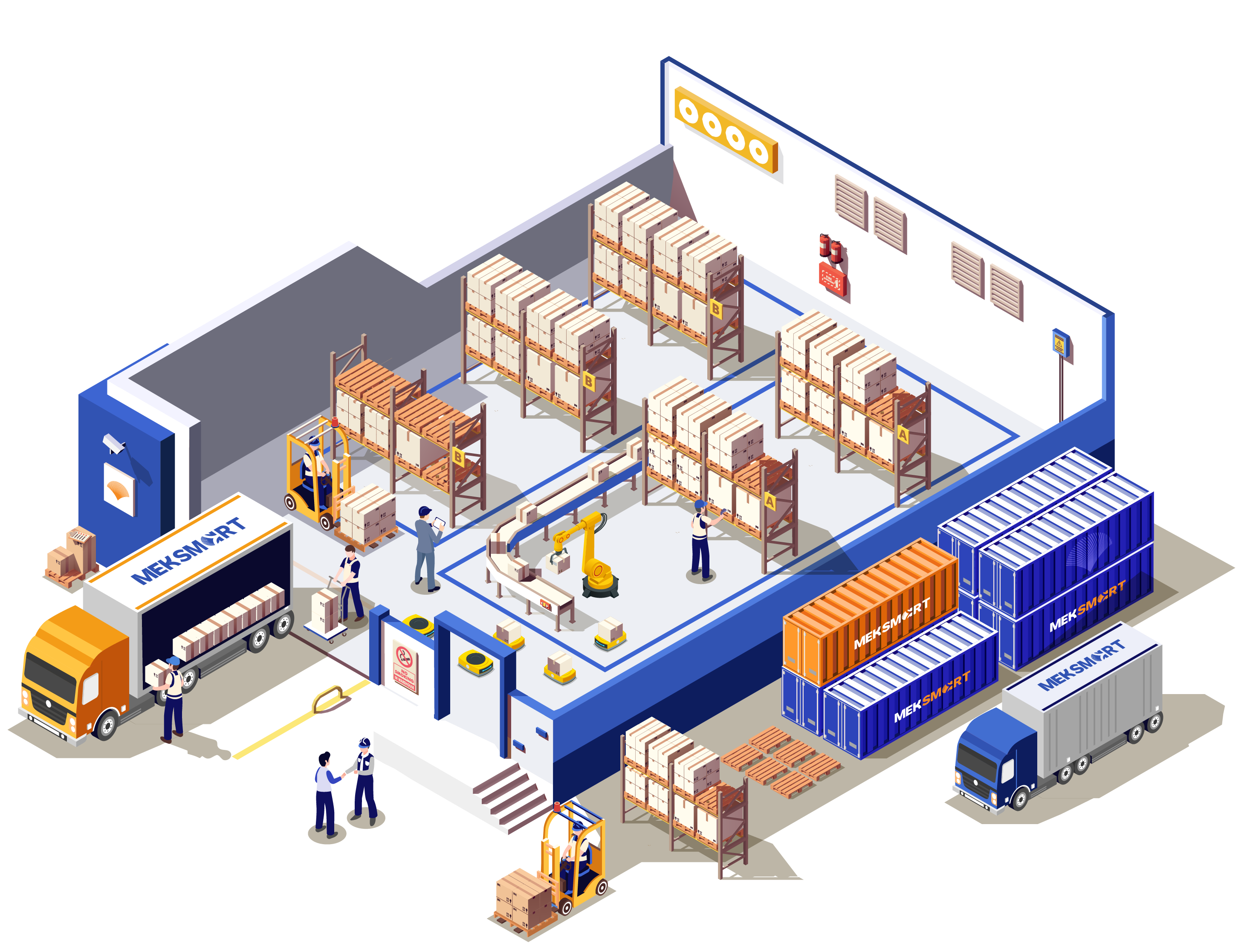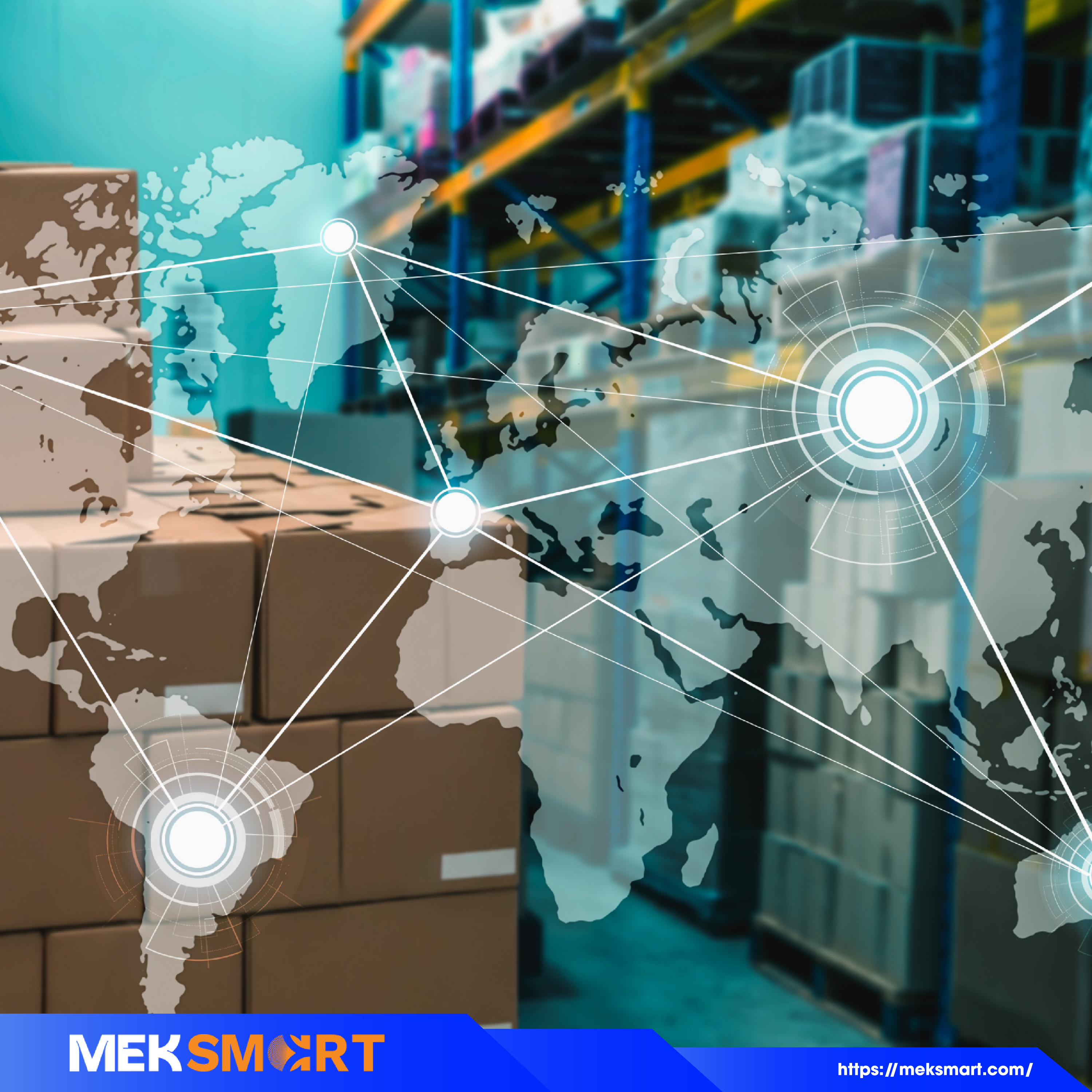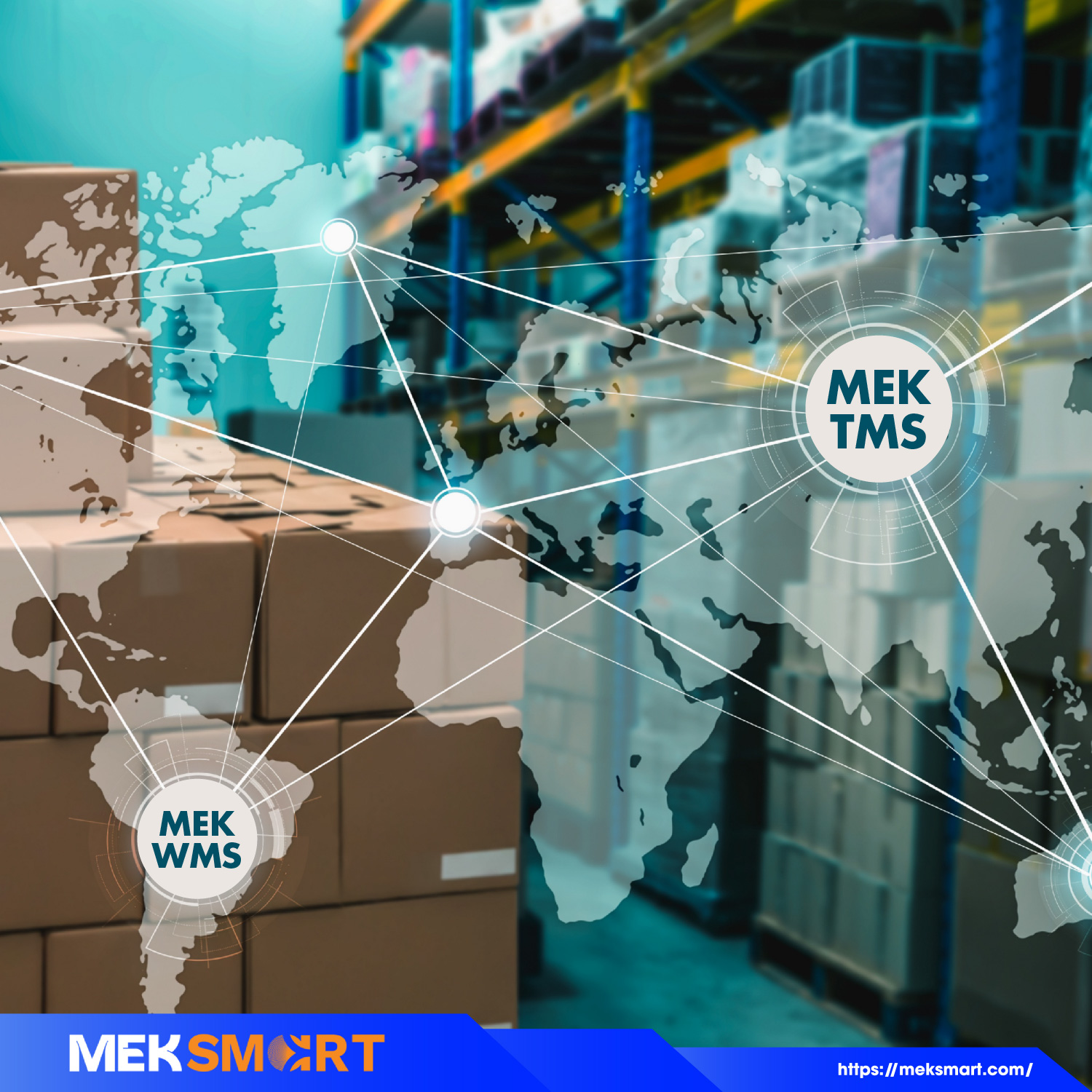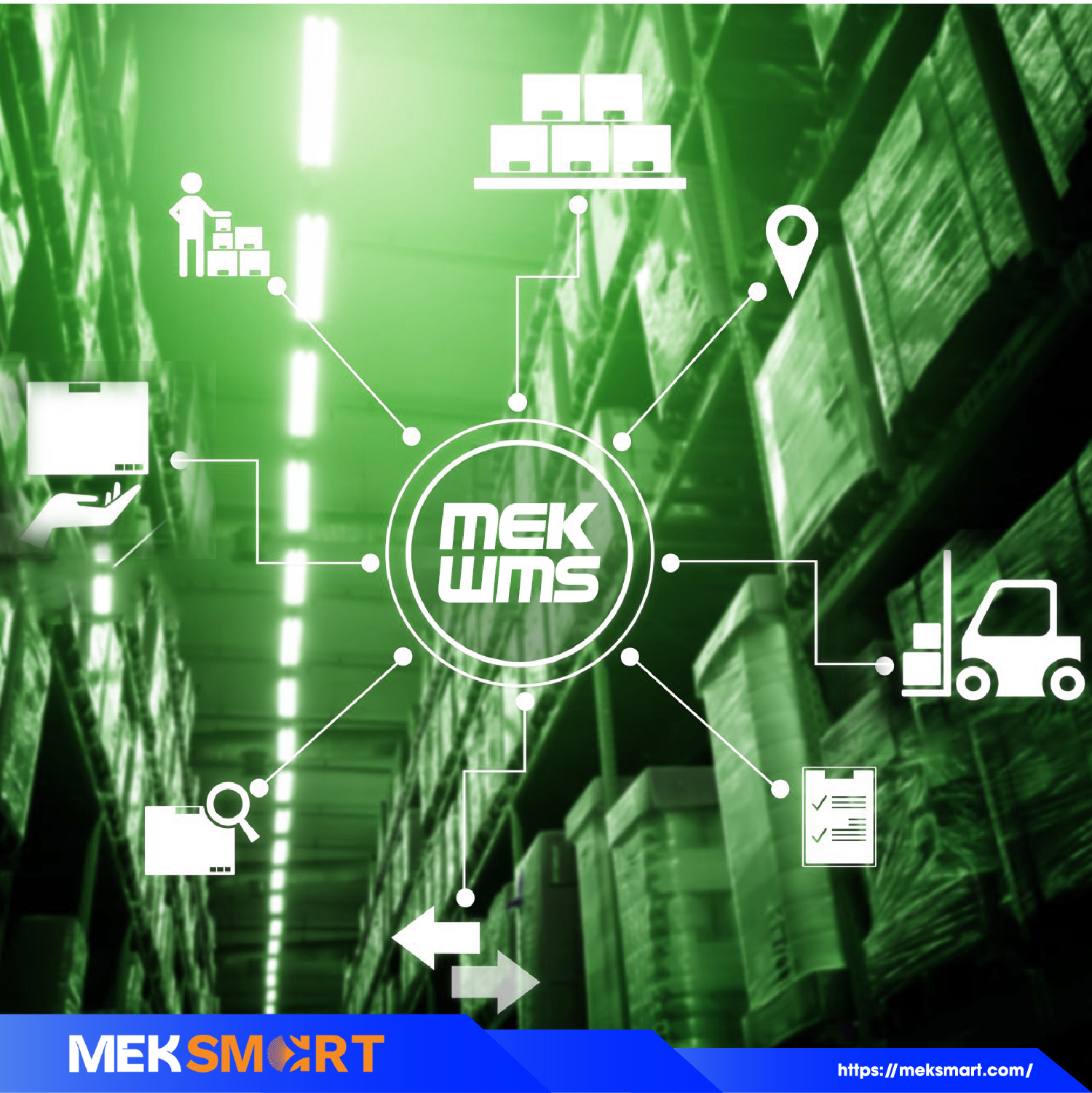MEKSMART
GENERAL NEWS
Author: Meker Meksmart
Update: 01/11/2022
A WIDE VIEW OF TECHNOLOGY TO ERASE SUPPLY CHAIN DISRUPTION
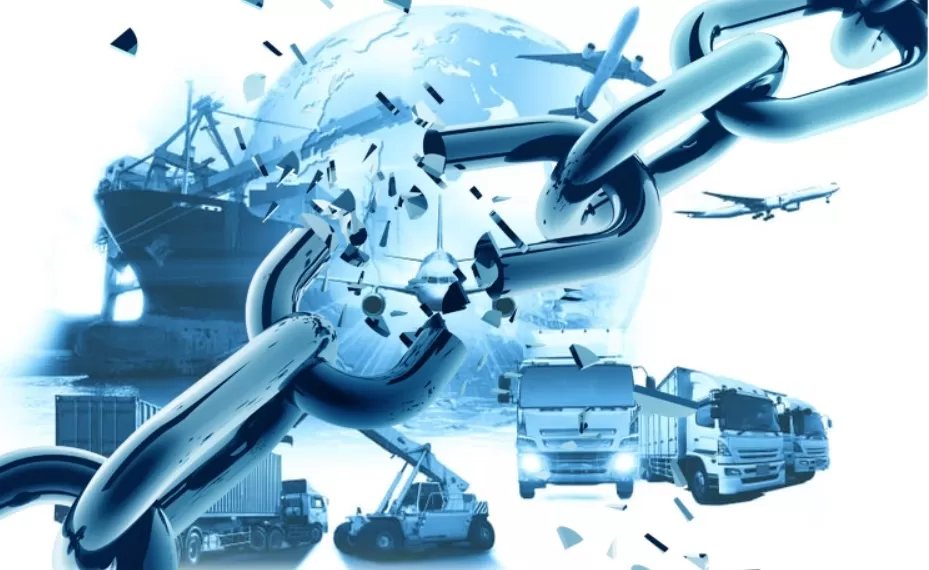
Supply chains have been in the news with stories about the shortages of drivers, labor, and materials, factory closures, and port backups.
These stories overlook the scope of the obstacles for the retailers and brands and only how deep-rooted the challenges are.
You might not know this, but even when the pandemic didn't break out, the supply chain disruptions and bottlenecks had steadily risen because of the problems of material lead time, geopolitical problems (causing trade barriers and new tariffs), and factory wage inflation. Covid-19 exploited the weaknesses that had been presented for years.
What Do Retailers and Brands Need?
What retailers and brands need, indeed, is the technology to facilitate a better and early plan in the process. Businesses, in the abstract, embrace the advantages of technology.
According to a new Gartner survey, 61% of panelists considered technology a great source of competitive advantage. It is reported that companies in the U.S will pour about 4.4 trillion USD into digital transformation to assist their business in dealing with supply chain hurdles. Before Covid-19, only one-third of big companies invested in DX. This figure has increased by 93% since Covid-19.
It is an impressive number, yet many aren't taking a good view of the digital systems needed for them to thwart the disruptions of supply chains.
Companies considering software tied to delivery and shipping have addressed a small aspect of the product life cycle timeline. To ensure products can hit shelves in time, businesses need to take an end-to-end perspective of the company's process.
A common logistics concept called the control tower is a dashboard for monitoring orders from 7 days before shipping and delivery until they hit shelves – a span of 4-5 weeks. That said, this period is only a minor portion of the 9-12 months it takes to market products.
Most of the delays take place long before the products hit the port. With lots of projects to control and handoffs in the development of products – handoffs to and from the merchandisers, factories, product managers, quality partners, and purchasing, companies trusting crucial paths to emails and spreadsheets are likely to have costly mistakes and delays.
The key is the control tower that can connect logistics and all important steps in developing products from production to quality and design to sourcing.
By ensuring all departments of businesses have reached accurate and real-time data, companies could prepare for and forecast logistics disruptions and lower their impact. A complete control tower generates efficiencies to build sustainable cost savings throughout retail operations.
Companies already deeply understand the advantages and value of technology systems because they have demonstrated the latest investments in digital logistics solutions. It's time to start asking these companies' digital systems to do more to address the issues well enough before the products hit a port.
Key Takeaways
In a nutshell, companies after the pandemic are significantly investing in digital transformation in logistics, which can be seen in many surveys. It indicates that the trend of DX is inevitable among businesses to reduce supply chain disruptions.
It is better to introduce digital solutions in operating logistics activities to gain competitive advantages to ensure the products can arrive at the ports on time.
